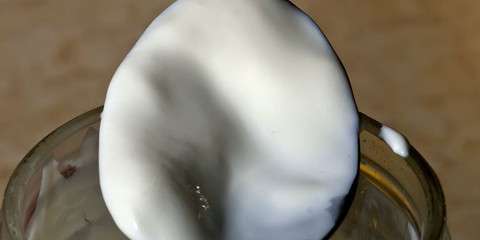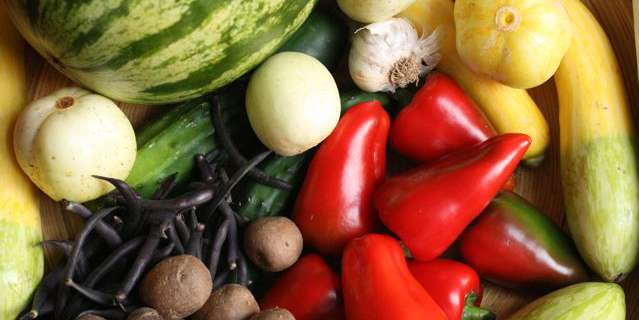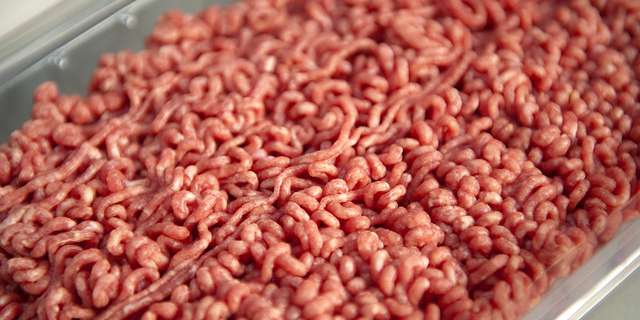Despite the astounding technological growth, when it comes to food consumers are increasingly interested in the benefits of natural products like aloe vera.
Over the past two decades, we have witnessed the emergence of technologies that were previously unimaginable. From the rise of the internet to the automation of manufacturing, technology now shapes our world in ways that have fundamentally altered how we function. Both individually and collectively. Yet, while our dependence on high-tech living is greater than ever, we are simultaneously experiencing a new appreciation for natural goods that have stood the test of time. Perhaps nowhere is this truer than in the food industry. In this dialectical environment, traditional plants are increasingly being incorporated into modern edible products. And one of the stars of this movement is aloe vera.
Aloe vera is best known for its topical, sunburn-soothing applications. But, owing to its healing properties, the sticky substance has actually been used in food form for thousands of years. Rich in antioxidants, amino acids, minerals, and essential vitamins, aloe vera is said to regulate metabolic activity, alleviate inflammation, and even prevent diabetes.1 Today, aloe vera is available in a virtually endless array of edible products, from gel capsules to yogurt to the extraordinarily popular aloe vera juices and waters that have taken the world by storm in recent years.2
This enthusiasm for ingestible aloe vera comes at a time when consumers demand not only natural products but natural products of the highest quality. For aloe vera products, this means that manufacturers are now turning to the possibilities of new technologies to enhance their products both functionally and aesthetically. In order to evaluate the effects of these technologies on the sensory properties of aloe vera products, measuring the color of aloe vera gel has become a critical part of the assessment process.
Incorporation of aloe vera gel in a range of new edible products is spurring researchers to develop new technologies that will preserve the plant’s functional and sensory properties. Image Source: Flickr user Health Gauge







